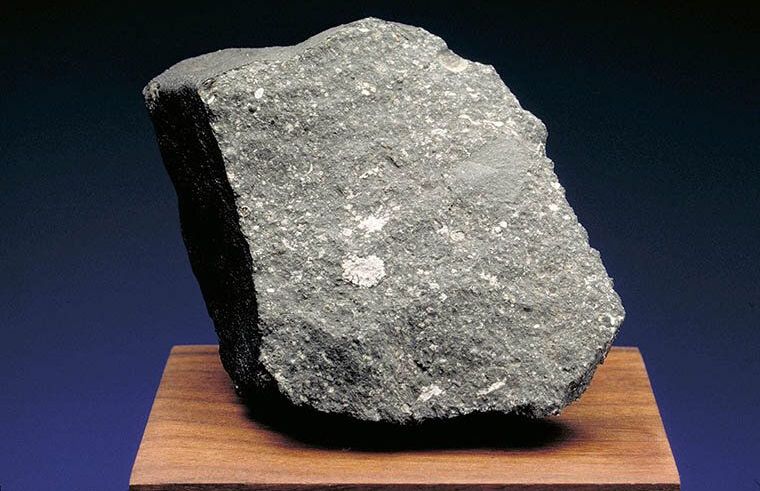Feb 4, 2020
SpaceX requests permission to fly new Starship rocket on 12-mile-high test flight
Posted by Genevieve Klien in category: space travel
SpaceX is already planning the next big test flight of its future Starship rocket out of southern Texas. As early as mid-March, the company is hoping to fly a test version of the vehicle to a super high altitude and then land it upright on solid ground, proving the rocket can be reused and potentially touch down on other worlds.
The upcoming test is detailed in new paperwork SpaceX filed with the Federal Communications Commission, which provides licensing to aerospace companies that are hoping to fly their vehicles to space. Specifically, the FCC allocates which radio frequencies companies can use to communicate with their vehicles during flight.


















